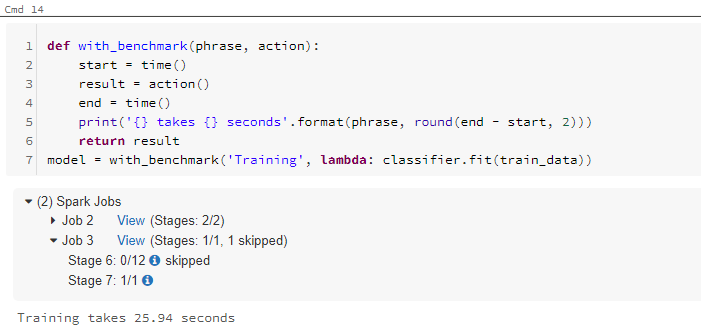

│ Emulator │ Host:Port │ View in Emulator UI │ │ ✔ All emulators ready! It is now safe to connect your app.

I ui: Emulator UI logging to ui-debug.log I firestore: Firestore Emulator logging to firestore-debug.log I emulators: Starting emulators: auth, firestore You should see logs like this: $ firebase emulators:start In your terminal from within the friendlyeats-android directory run firebase emulators:start to start up the Firebase Emulators. Now it's time to run the Firebase Emulator Suite and the FriendlyEats Android app for the first time. Follow the prompts to select the project you created earlier and if asked to choose an alias enter default. Link your projectįrom within the friendlyeats-android folder run firebase use -add to connect your local project to your Firebase project. Make sure to choose the same account you used when creating your Firebase project earlier. This will open a new browser window to complete the login process. Run firebase login to connect the CLI to your Google account. Once you've installed the CLI, running firebase -version should report a version of 9.0.0 or higher: $ firebase -version
SPARK EXAMPLES GITHUB ANDROID STUDIO INSTALL
If you are using Windows, read the installation instructions to get a standalone binary or to install via npm. If you are using macOS or Linux, you can run the following cURL command: curl -sL | bash

Install the Firebase CLIįirst you will need to install the Firebase CLI. This provides a safe, fast, and no-cost local development environment to build your app. In this codelab you'll use the Firebase Emulator Suite to locally emulate Cloud Firestore and other Firebase services. Click File > New > Import Project and select the friendlyeats-android folder.
SPARK EXAMPLES GITHUB ANDROID STUDIO CODE
Click Register App and follow the instructions to download the google-services.json file, and move it into the app/ folder of the code you just downloaded.When prompted for a package name use .fireeats

Click the Android button to select the platform.


 0 kommentar(er)
0 kommentar(er)
